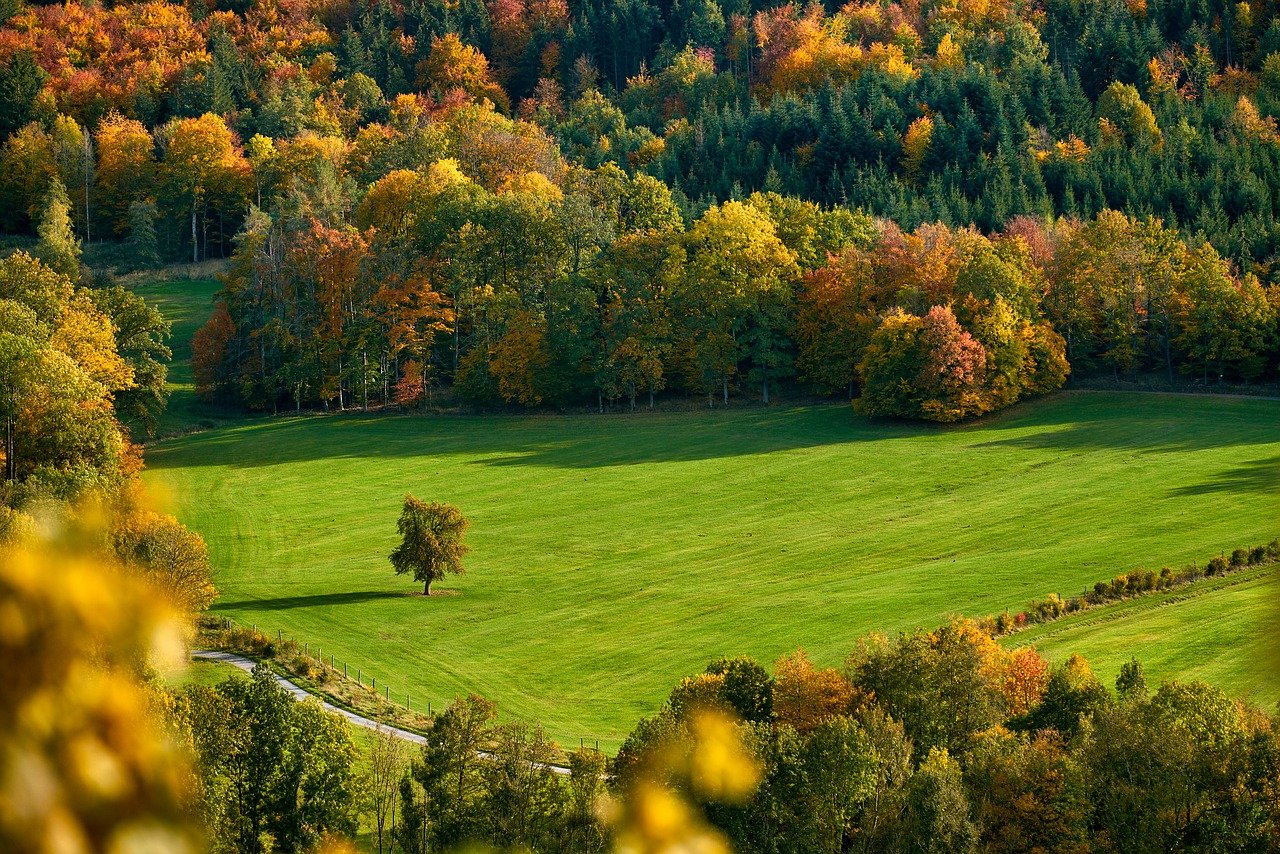
A nursery is a place where plants are propagated and grown to the preferred age. They consist of retail nurseries, which offer to the public, wholesale nurseries, which sell only to companies such as other nurseries and to industrial gardeners, and personal nurseries, which provide the needs of institutions or personal estates.
Nurseries might provide plants for gardens, agriculture, forestry, and conservation biology.
Some of them concentrate on one stage of the procedure: propagation, growing out, or retail sale; or in one type of plant: e.g., groundcovers, shade plants, or rock garden plants. Some produce bulk stock, whether seedlings or implanted, of specific varieties for functions such as fruit trees for orchards, or timber trees for forestry. Some produce stock seasonally, prepared in spring for export to colder regions where propagation might not have been started so early, or to areas where seasonal insects avoid lucrative growing early in the season.
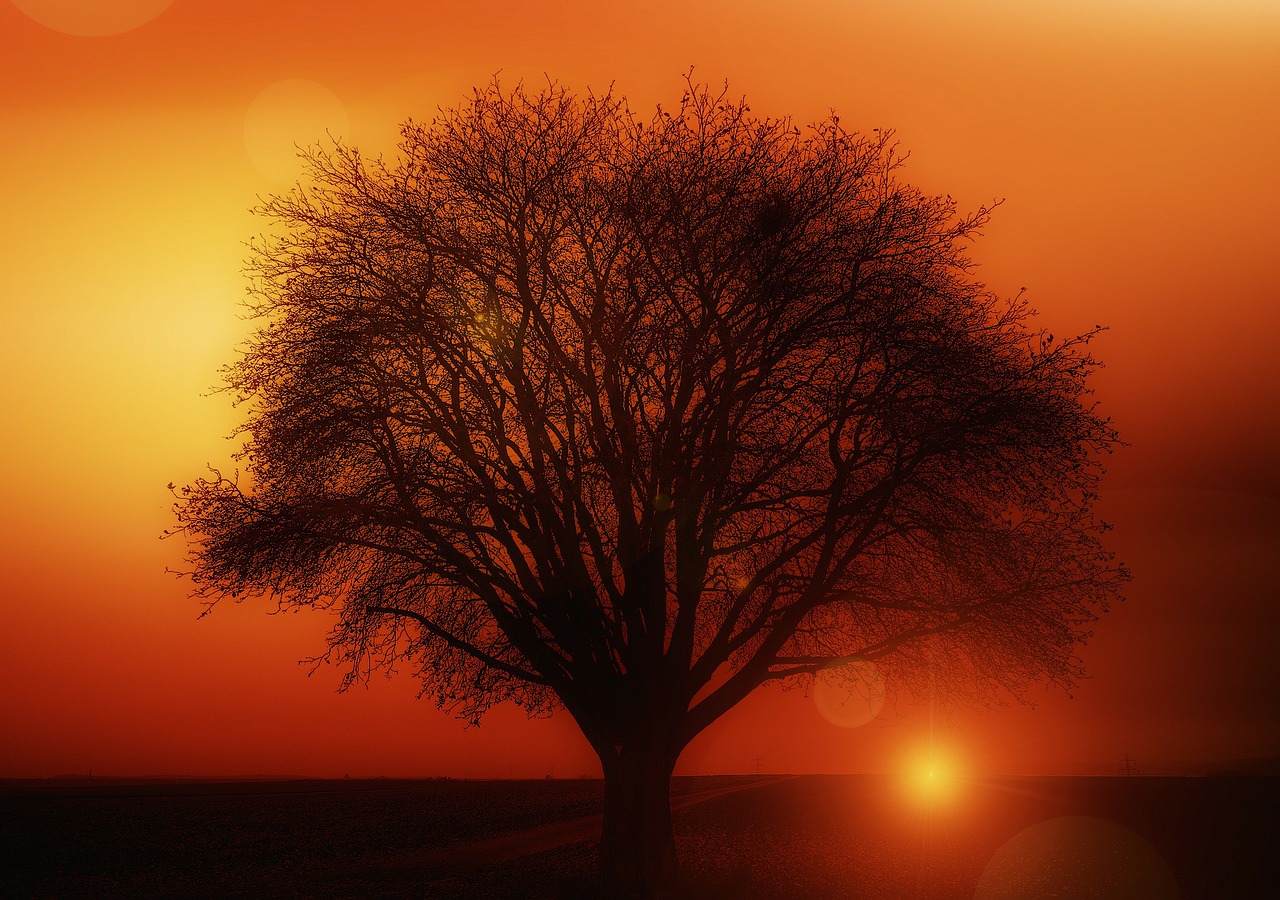
Methods
Nurseries grow plants in open fields, container fields, tunnels, or greenhouses. In open fields, nurseries grow ornamental trees, shrubs, and herbaceous perennials. On a container field, nurseries grow little trees, shrubs, and herbaceous plants, generally predestined for sales in garden centers. These have appropriate ventilation, sunlight, etc. Plants might be grown by seeds. The most common technique is by cutting plants/plant cuttings. These can be drawn from shoot tips or from roots etc. By these approaches, plants are grown in nurseries and gardens.
Kinds of Plants In a Nursery
If you take place to be a garden enthusiast, then you understand that there are only a few satisfaction that will equal browsing the aisles of your regional nursery. Below is how you can make the best use of your time and actually get a real bang for your buck.
Kinds of Plants discovered in a Nursery
While you are strolling through a nursery, you will definitely discover plants that are discovered in 3 various kinds: You have in-container plants which are normally your perennials, annuals, and smaller sized trees and shrubs.
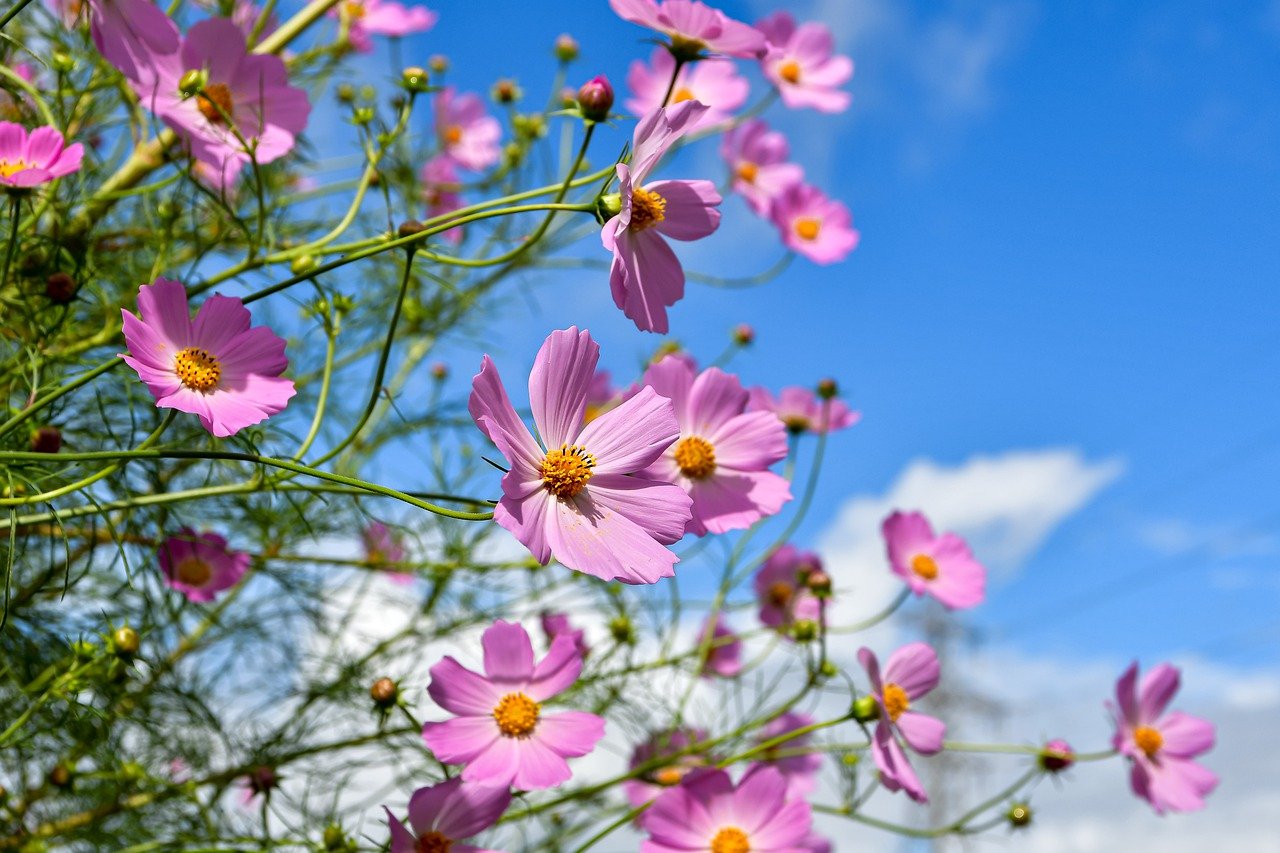
You have bare-root plants which are generally your big hedge plants and roses. Then you have Balled-and-Burlapped Plants which are typically larger shrubs and trees that have burlap twisted around the root balls. Plants will likewise be grown in a different way as well. Some will be kept in containers, some kept in fields, and some start in the field but are eventually transplanted into a container to be sold.
Local Field Grown Plants
Nurseries will oftentimes grow shrubs and trees in their fields, where the plants are much easier to preserve and are able to grow to a much bigger size than if they were to be kept in containers. Field-grown stock will require to be collected in winter and early spring prior to it stops being dormant, wrapped in burlap and twine and even in metal cages when it concerns big trees, then shipped to the sales center.
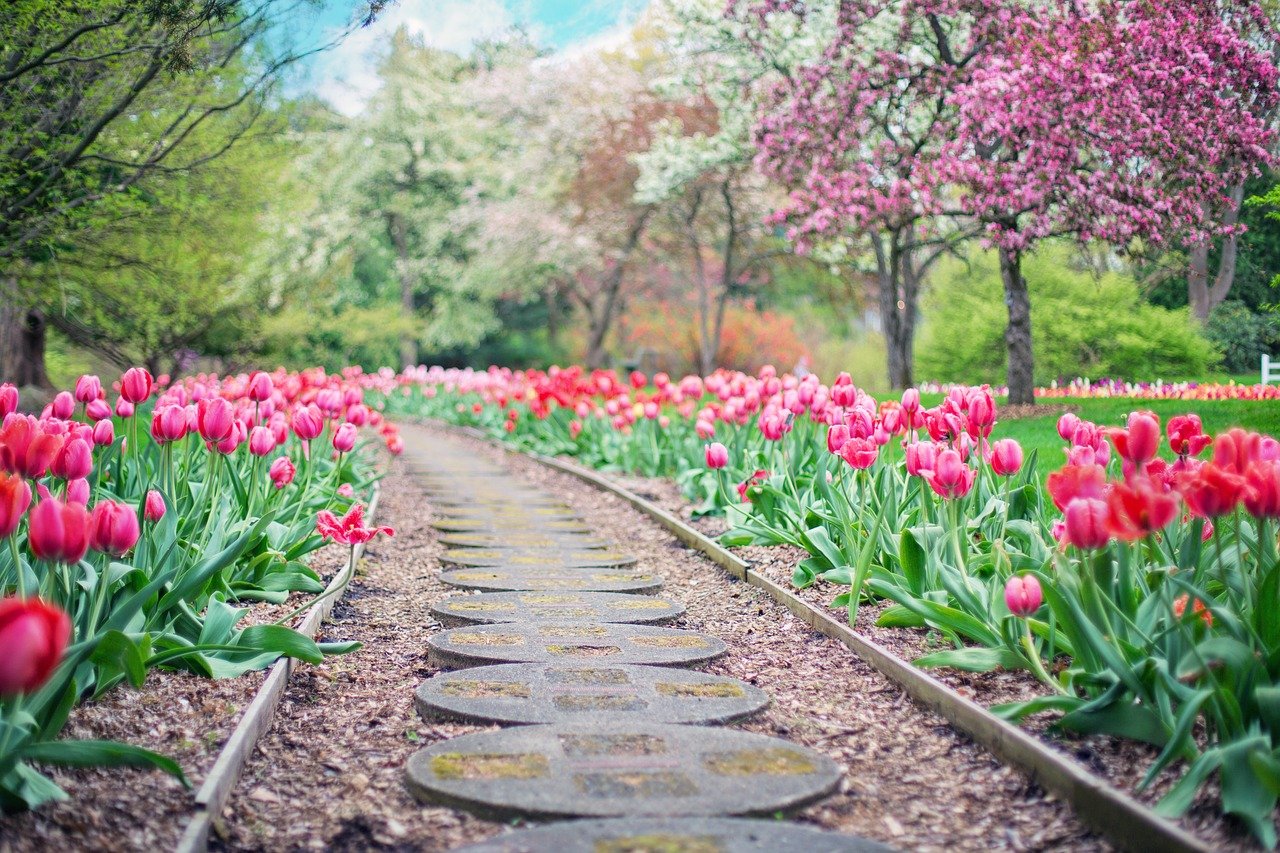
The balled and burlap-wrapped plants might actually lose as much as 90% of their root systems, but this is the only method to be able to use large plants for any type of selling.
As soon as you have actually selected the very best plants, you require to find out about the value of their soil for their growth.
Before you pick a tree, you want to make certain that you have actually checked out the tag which will note its fully grown height and spread.
Bare Root Stock
Bare root stock will be dug from the fields during the inactive season which starts late fall to early spring and will be positioned in freezer. Since there isn't any dirt to surround the root system, the bare root shrubs and trees are light and rather easy to carry including being simple to transplant. They likewise cost a lot less than a balled and burlap-wrapped plant or container-grown plant.
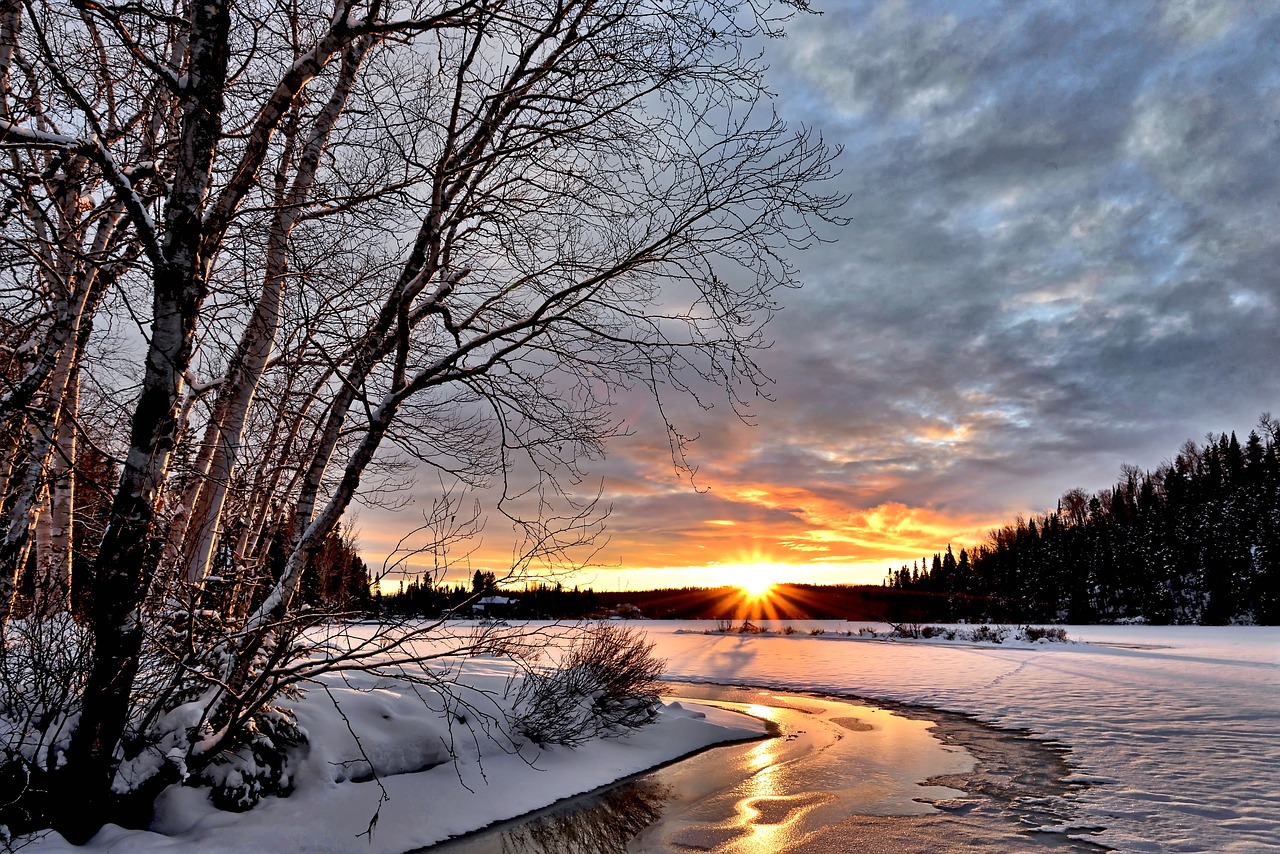
Winter Season Availability
Throughout the late fall to early spring for some temperate zones, a nursery may offer you the opportunity to purchase bare-root plants in groups of 50 to 100 for hedges like lilacs. For a general guideline, bare-root plants are not used at a regular nursery as the plants will come out of inactivity and begin to grow whenever they are gotten rid of from their plant freezer. A Bare root plant is best for those online mail-order nurseries, where they are often kept in the suspended animation of cold storage and after that delivered to you in time to be instantly planted. Not to discuss that purchasing roses that are bare-root plants from a single source indicate that there will be less of an opportunity of you bringing house a fungal disease to your garden.
Container Grown Plants
Container-grown stock will begin its life within a container.
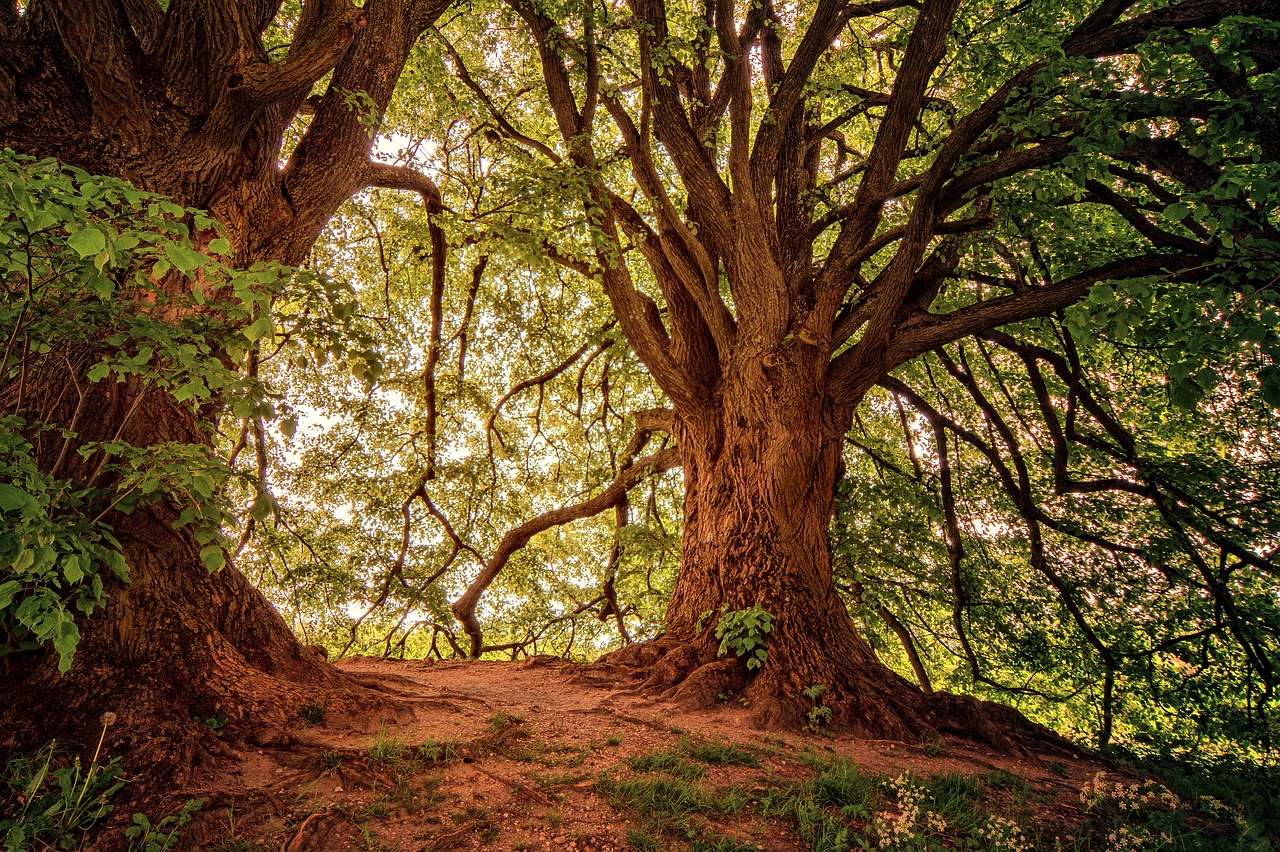
As the plant begins to grow larger, the grower will transplant it into a bigger container. The more years that it is spent within a container, the more money and time that a grower has actually spent on the plant, which really describes why some container-grown plants are rather costly. For instance, dwarf conifers, which are actually slow-growing will spend several years in a container before it ever starts growing large enough to even be offered.
How to select your nursery plants
You will be able to discover a lot from a nursery merely by comparing the readily available plants. For instance, if you are wanting to purchase a River Birchtree and the nursery you got to happens to have 10 trees in the size you want. They are between 8 and 10 feet tall and feature large trunks that are beginning to reveal the peeling characteristic of mature river birch.

They are $230 each, so they are not inexpensive, however they provide instant complete satisfaction for your landscape.
Examine The Selection
Examine the trees. Some may simply have one trunk while others have 2 or more. You are wanting a 3 trunk river birch, and only 6 out of the 10 trees satisfy that criteria. One may have pale-colored green leaves, where the others are a healthy leafy green type of color. You will wish to skip over the pale-colored one because it is probably starved of nitrogen. 2 of your trees might have root balls that are smaller sized than the others, so skip over it. Then among the 3 trees left has a large root that is through the burlap and it appears quite dried and distressed, so avoid that one as well. Then take a look at the last 2 trees. Either one will probably be right, however there will be one that will actually speak to you to take it home.
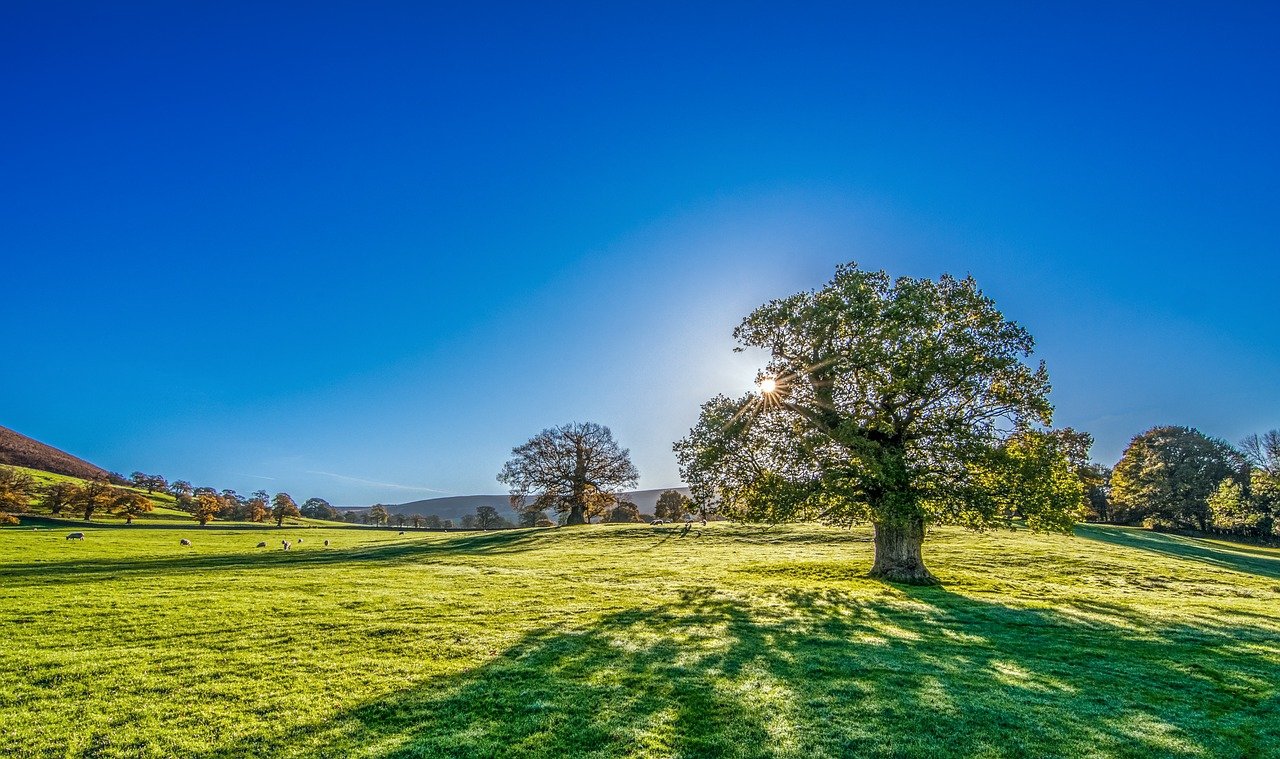
Make sure to talk with nursery staff members as they are a valuable resource when it comes to picking the ideal kind of prepare for your requirements.
Choose Plants To Match Scale
If you are wishing to know if a particular tree will grow a bit too tall for your yard, then here is an excellent guideline to bear in mind: in order to keep your tree in scale with your house, they require to be no greater than 1/4 to 1/3 taller than your roofing system. If you have a one-story style or a cattle ranch house that has a height of between 12 and 15 feet, then the mature height for your trees near your home requirement to be between 15 and 20 feet. A two-story home that is up to 22 feet tall, can deal with a taller tree that is in between 22 and 30 feet high throughout its maturity.
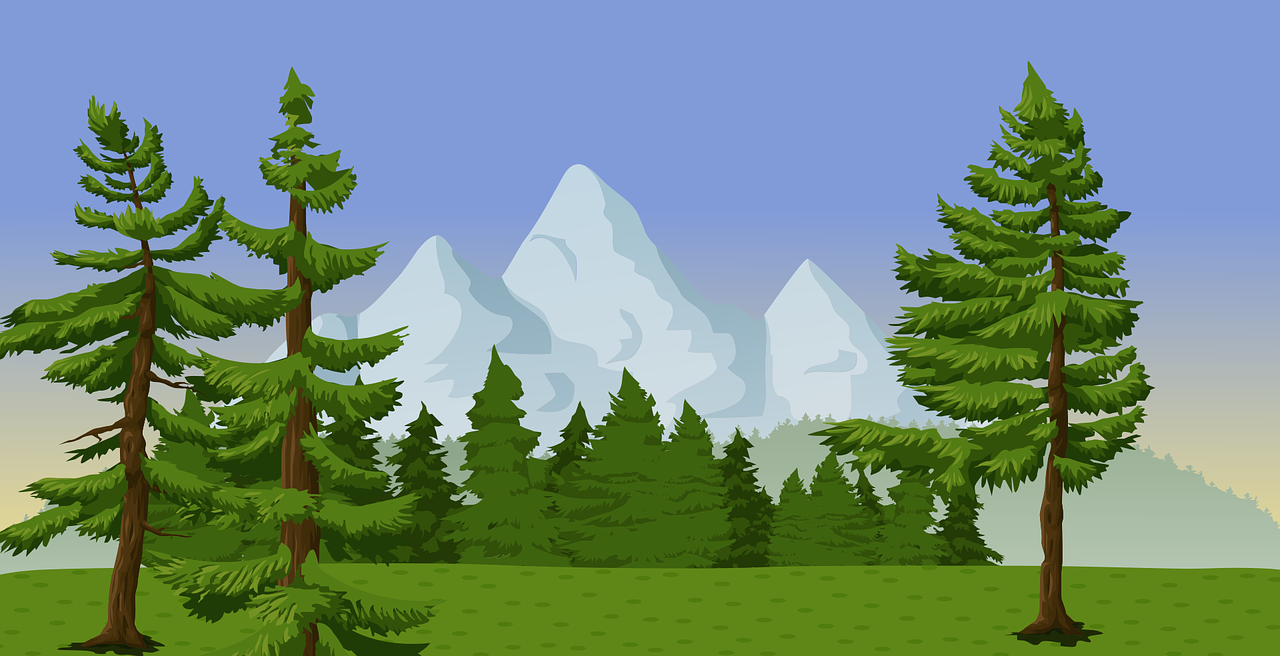
Plant your taller trees around the border of your yard, where they will not have the ability to subdue your house.
You may also decide that you wish to buy a smaller-sized river birch that is only $150 so that you have the ability to spend the remainder on 3 azalea bushes to plant around your tree. Make certain to restrict your purchases to a variety of products that you are going to be able to plant in a single day. If you are not able to plant in a single day, then group the plants together in a shaded location and also ensure that you are watering them up until you are able to end up planting them in another day or more.
Nursery Plant Guarantees
Quality nurseries will likewise ensure the plants that it offers to you. If you purchase a healthy and promising shrub or tree, then plant it appropriately, and you vigilantly water and mulch it, then it needs to flourish and thrive for you.
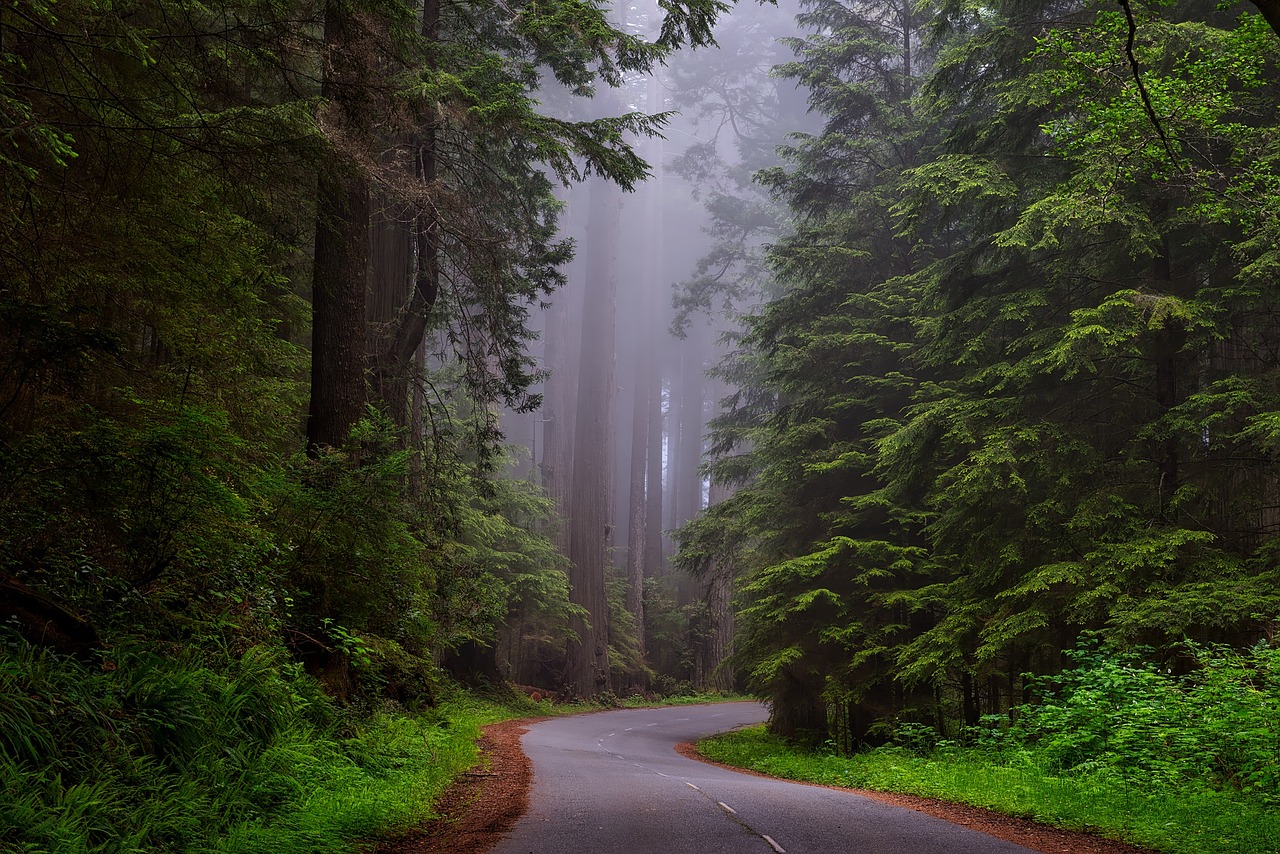
If not, you need to contact your nursery. Lots of will reimburse your money or replace your plant. You will need to have your receipt and you may likewise require to generate the dead plant.
Transporting your Plants
You wish to be sure that you have actually securely wrapped your trees and other plants for your trip home.
You have actually lastly picked out your plants and you have paid for them. Now you have to determine how to get them home. If you have actually acquired a big tree, it is best to have your nursery deliver them to your residential or commercial property, although that is usually an additional fee for this service. In the fall, lots of nurseries will frequently run specials. They are going to attempt and sell as much of their stock as possible so that they do not have to provide any winter season care, and they may consist of delivery in your purchase price.

Here is another handy idea: If you have spent over $1,000 for plants, ask if the nursery can do complimentary delivery, as it never ever harms to ask.
If you take place to be transporting your own plants house, then you wish to make certain that you are brought rope and tarp to cover them. Wind damage, even if you are just a couple of miles from house and driving at a sluggish rate, can permanently damage or even kill off your plants. Like evergreens, who can not handle any kind of dehydration in their needles.
Choosing Balled and Burlapped Plants
Idea: Avoid any plants that have large roots extending from rotting burlap material.
What you need to look for:
-
Healthy and green foliage with supple branch ideas.
-
Branches that have fat leaf and flower buds before they start leafing.
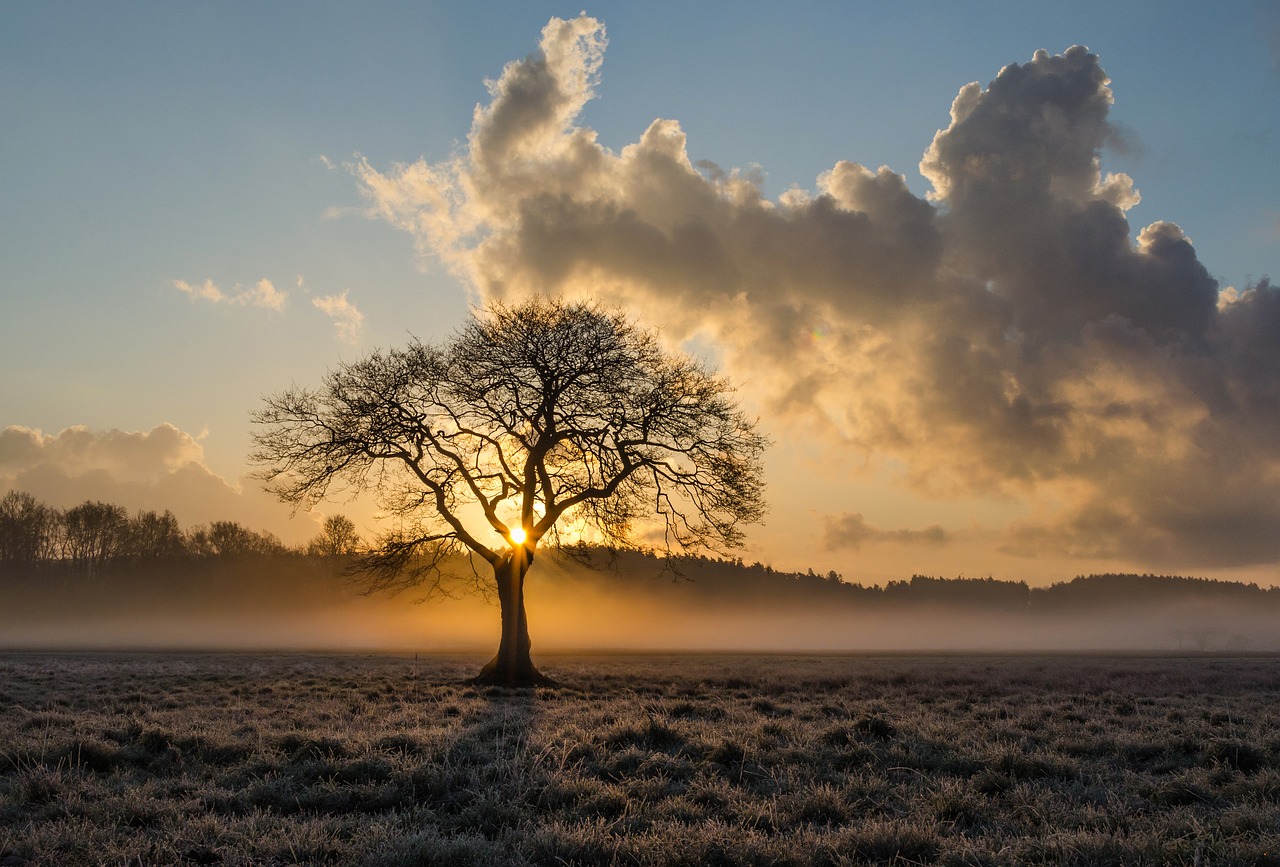
-
The shape that is proper for the cultivar and species of plant.
-
Living branches. 1 to 2 dead branches will not hurt your plant, but more than 3 may suggest a severe issue.
-
Solid root ball that feels firm and moist.
-
Conifers that reveal indications of new spring growth. Candle lights should be soft, flexible, and brilliant green.
-
Proof that water systems have been utilized. Try to find muddy earth aisles or puddles on the pathways at your nursery.
-
Mulch around the root ball.
-
A root ball that is between 10 and 12 times the trunk size.
-
Appropriately tied and covered plants. The burlap requires to look new and the twine needs to be snug however not too tight which can choke the trunk.
What to avoid:
-
Numerous damaged branches
-
Leaves or needles that are turning brown or curling
-
Infected foliage
-
Plants reveal no signs of brand-new development when others are revealing growth, especially in conifers.
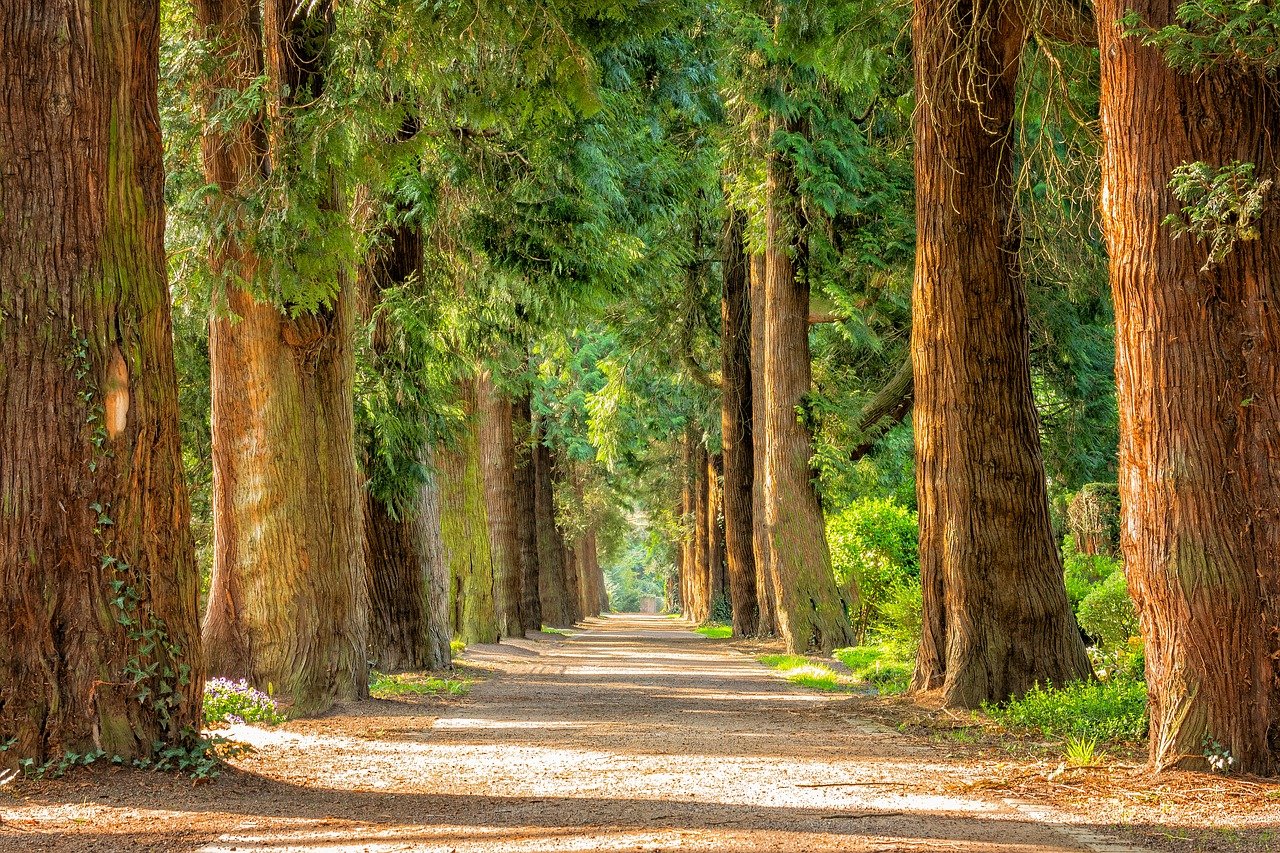
-
Limp-ended branches that have actually dried out leaves. This takes place to indicate that there was water deprivation
-
Big exposed roots. Roots might come through the burlap, but you should avoid the ones that appear much bigger than the plant.
-
Branches that have been left at the base of the plant show that branches might be winter-killed.
-
A severely skinned trunk
-
Twine grasping the neck of the plant
-
Trunks that move quickly when the ball stays still. This shows that the roots may have broken from the trunk of the tree.
-
Uneven root ball, which implies that the plant was dropped.
-
Decomposed burlap as this indicates that the plant might not have actually offered past season. If the plant is properly taken care of, this isn't a problem, but you need to inspect the plant carefully.
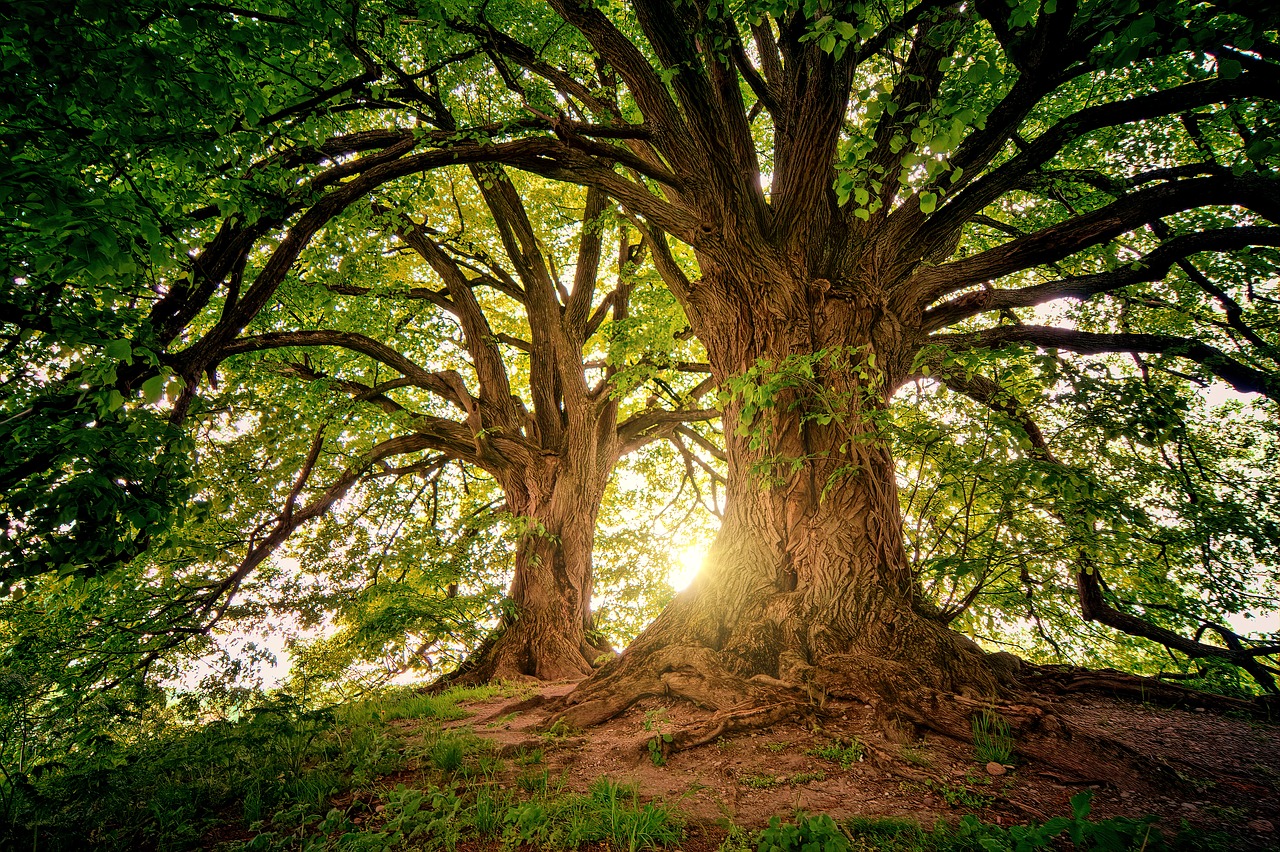
-
Trees that tilt when the wind blows which indicates that it isn't correctly supported.
-
Dried the root ball. The burlap or twine will be loose.
Selecting Bare-Root Plants
What to try to find:
-
Well-formed stems
-
All set to burst leaf nodes
-
Wet roots
-
Equally dispersed and healthy basal roots that have numerous feeder roots
What to Avoid:
-
Unfurled leaves, especially ones that are sunshine starved and white. This suggests that the plant broke inactivity.
-
Damaged stalks on multi-branched plants like roses
-
Broken roots particularly the big taproots
-
The root system that is too small to support the plant
-
Roots that twisted into a ball
-
Lopsided roots
Picking Container Plants
What to try to find:
-
Plants with foliage on a lot of branches.
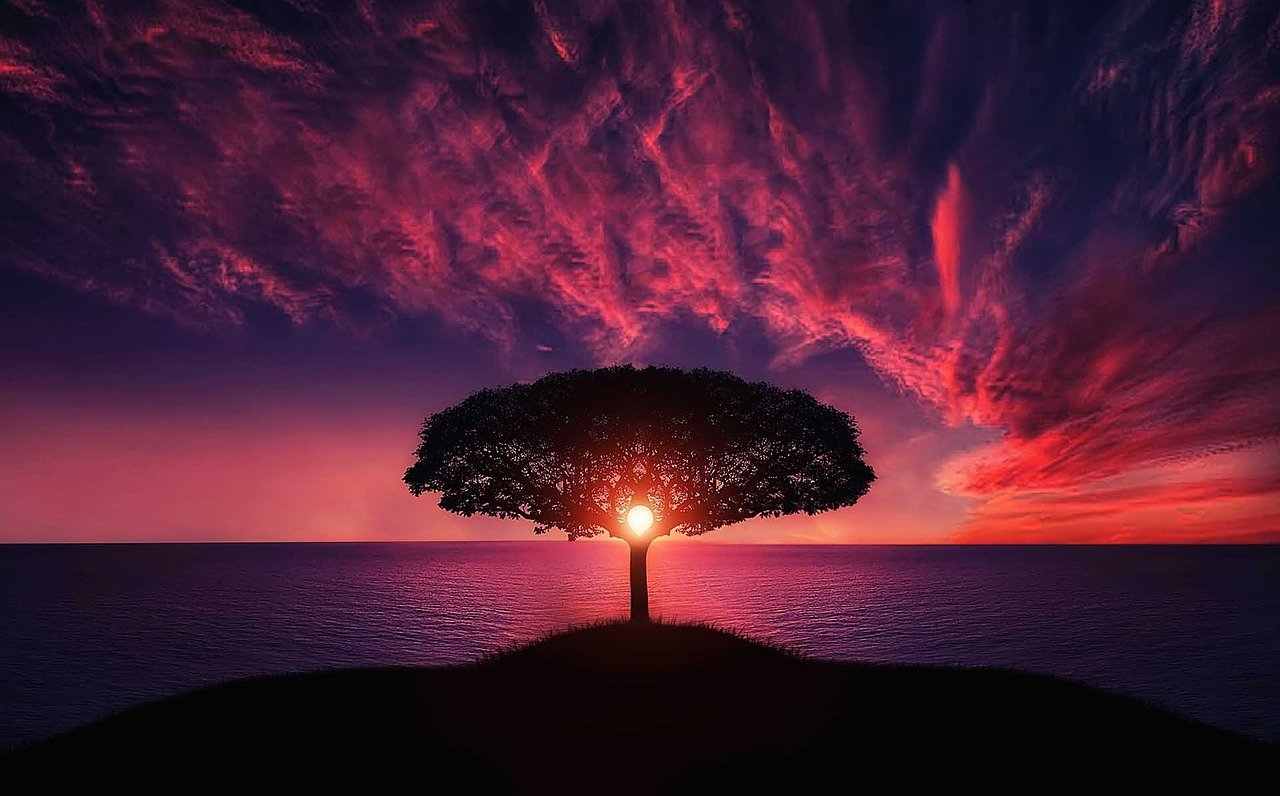
The leaves must be uniformly colored. -
Streamlined, healthy-looking branches that are not dried out.
-
Reputable roots that are surrounded by company soil. If able, carefully pull the plant from the container to inspect the roots.
-
Leaf and flower nodes are all set to burst even in the early season.
-
The shape is proper for the cultivar and species of the plant.
-
Consistently wet soil.
What to prevent:
-
Healthy foliage on top however brown foliage underneath.
-
Broken branches.
-
Diseased foliage
-
Large roots coming from the container
-
Roots that have been exposed on the This may in fact indicate that the plant did not sell throughout the last season and that the essential soil and nutrients have been lost.
-
Pot bound roots. Pull the plant from its container and inspect to see if the roots surround the plant, if it does that means that it has actually grown too long in the container.
 Add Row
Add Row  Add
Add 




Write A Comment